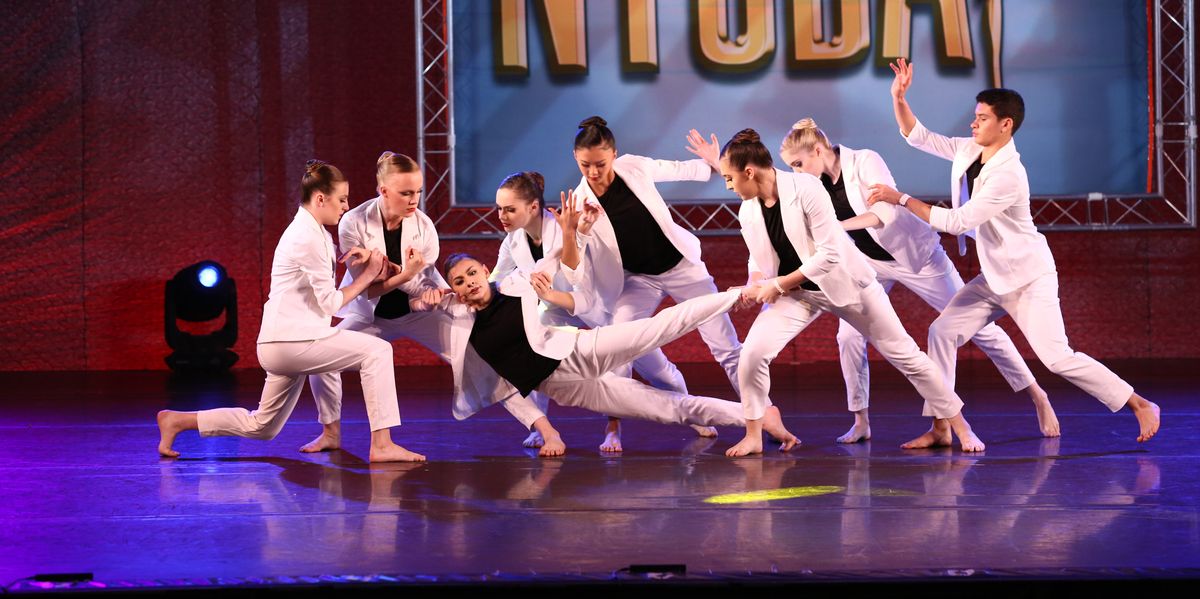How To Improve Your Artistry When You're In the Ensemble
When you’re dancing in an ensemble, it can be easy to feel like a cog in the machine. Instead of lamenting your lack of spotlight, look for ways to embrace being part of something larger. Over your dance career, you’ll likely spend far more time performing with others than flying solo. Group work doesn’t only teach you skills like timing and spatial awareness—it can also build your artistry.
Learn The Whole Story
When a choreographer’s vision involves a lot of dancers, work to understand not only your specific role but also the big picture. “If you were in a story ballet, you’d read the plot of every act,” says Philip Neal, artistic director of Next Generation Ballet in Tampa, Florida. “The same goes for contemporary work: How do you fit into the whole? Don’t just know your part—know everyone’s part.” When you’re on the sidelines during rehearsals, watch the sections you’re not in.
 Autumn Steed and Darius Hickman from Next Generation Ballet. Photos by Soho Images, courtesy NGB
Autumn Steed and Darius Hickman from Next Generation Ballet. Photos by Soho Images, courtesy NGB
Show Your Feelings
Being one of many dancers onstage doesn’t mean you aren’t being seen, or that your personal expression doesn’t matter. Neal says he often spends the last few rehearsals tweaking dancers’ eyes and heads. But if your choreographer doesn’t give you explicit instructions regarding focus and facial expressions, it may be up to you to find what feels right.
Ashley Shaw, an instructor at Dance Institute in Austin, Texas, recommends this exercise: “I’ll put on the song and have the kids sit in front of the mirror and stare into their own eyes, to see what their face is doing as they think about certain lyrics or moments. It’s uncomfortable,” she says, “but it can make it easier to trust the other dancers and be vulnerable.”
Share One Voice
Imagine that instead of dancing, your group is speaking to the audience. “If everyone’s shouting over each other, the point won’t get across,” says Shaw. Modulating your “volume” can ensure that the message gets heard. Avoid fighting to stand out when you’re meant to blend. If you’re given a featured moment, that’s your time to shout.
It can help to talk, as a group, about what the piece means to each person. “Everyone can listen to the same song and take away something different,” Shaw says. “Sometimes you have to narrow down those ideas, so you’re all on the same page.”




